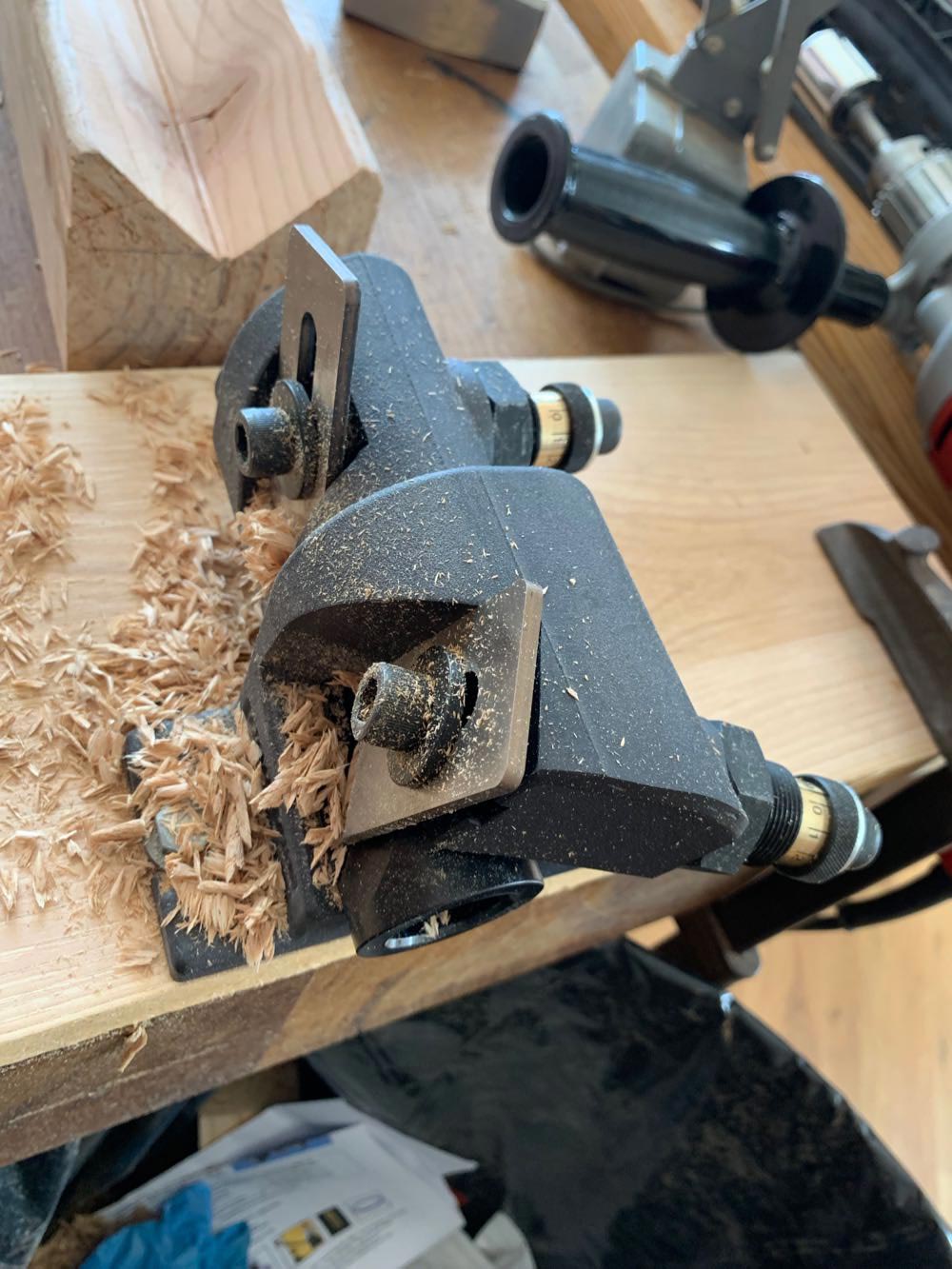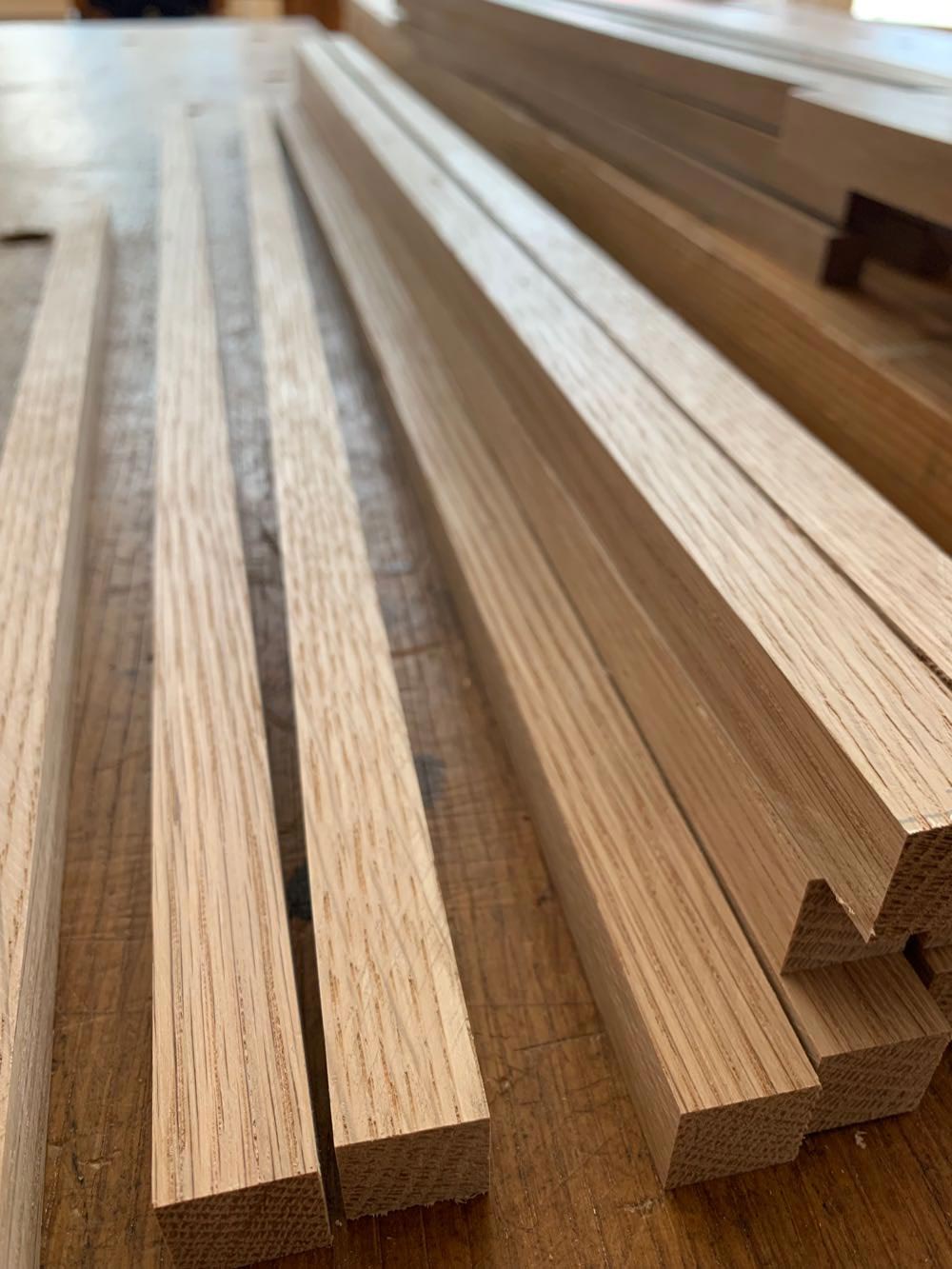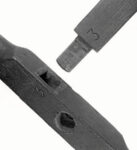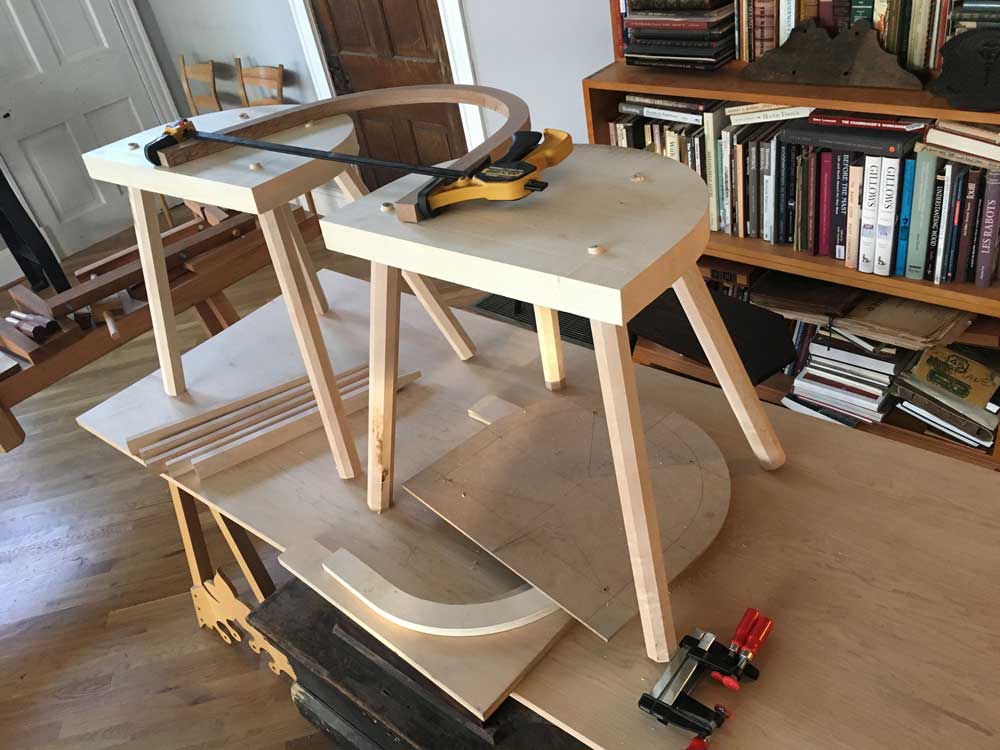
There are a few tools that I consider essential to making a living. Most professionals in the U.S. live and die by the table saw. I don’t. But I think that’s because I don’t use sheet goods much.
For me, it’s a three-way tie between the planer, my old 14” band saw and my HVLP system. The planer and the band saw are – I think – obvious choices. The HVLP system might be a bit of a surprise to some.
My first woodworking job was in college at a door factory where I assembled and finished entryway doors. That was my first taste of spray finishing, and I have an apparent knack for it. As a result, I’ve always had a spray system on hand – mostly cheapos. A spray system can save days of work compared to applying finishes by hand. Today was a good example.
I’m finishing the parts for three Roorkee chairs, The parts have lots of facets, coves and tapered mortises and tenons that need to be finished (or look finished) to be presentable. Each Roorkee has 10 parts (plus two replacement stretchers), so I had to finish 36 parts today with garnet shellac.
While shellac dries quickly, getting it into tight corners and mouldings with a brush, rag or pad is a challenge. With a spray system, a job that should take eight hours takes less than one hour. And (my opinion is that) the results are superior.
Even when I want the final finish to look hand-applied, I use the spray system to build up a few preliminary coats. Then I apply the final coat of paint, shellac or lacquer by hand so it looks less than perfect. Is that cheating? I don’t believe in the word when it comes to making ends meet.
With spray systems, you don’t need to spend a lot of money to get great results. I started out on a Binks systems – arguably the best. Now I use a cheap Earlex 5500 (basically a converted vacuum cleaner) that produces the same results. I can spray anything except latex.
Honestly, the equipment is not as important as thinning your material properly and simply knowing how to spray intelligently. Before buying the Earlex more than 10 years ago, I had a Fuji spray system, which was the budget leader back in the 1990s. (However, do stay away from the Wagner systems at the home centers. I have yet to produce a decent finish with one of these. Which is curious.)
There’s a learning curve with a spray gun, just like with any tool. I can teach people to spray (decently) in about an hour. Learning all the tricks takes a little longer (two hours?).
If you struggle with finishing, maybe your problem isn’t a result of the medium. Maybe it’s the messenger.
— Christopher Schwarz









